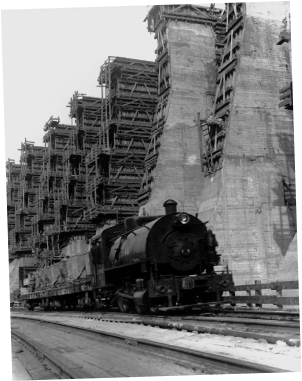Focus on Industrialisation
Statistics of the USSR
The urban census of 1923 was considered successful, but could not give an accurate picture of the population size of the USSR, since the country was predominantly rural.
It was initially thought that data on rural residents would be obtained by the People's Commissariat for Finance based on the accounting of objects of unified agricultural tax, and by making payer lists for each settlement. Practice showed that things were not so simple: in some locations the uncounted share was estimated at 10-20%.

«Unusual decision»
The government decided to take a new and revolutionary approach to the organisation of censuses. The administrative boundaries inside the country had been constantly redrawn during the first years of the Soviet period. In order to obtain an exact count it was decided not to alter the boundaries of any republics, regions and districts in the period from October 1926 until March 1927.
About 200,000 counters were involved in order to visit all homes in the country. Most of them were school staff, students, and even school pupils from senior classes.

The first "All-Union Census of the Population" began on 17 December 1926 and lasted for two weeks in the countryside and one week in cities and towns. Interestingly, not only city and town residents were classified as urban populations, but also the inhabitants of factory and railway settlements and other locations with population over 500, as well as commercial settlements with a population over 2000. Most people in the country cooperated with the census and answered the questions that were put to them.
The results of the 1926 census were used for scheduling the first five-year plan (the first comprehensive program for the development of the Soviet economy).